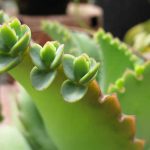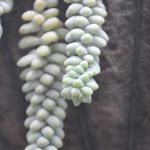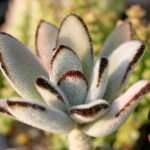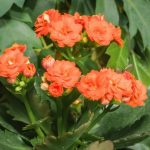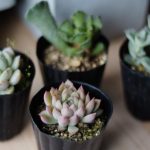The Kalanchoe Blossfeldiana is a beloved choice for both indoor and outdoor gardens. Understanding how to care for this plant is essential for its successful growth. Let’s delve into the world of Kalanchoe Blossfeldiana with expert advice from Melissa Strauss.
Also known as Christmas Kalanchoe due to its winter flowering period, this plant is popularly referred to as Widow’s Thrill and Florist Kalanchoe. The prolific blooms of the blossfeldiana species have made it a favorite among florists, thanks to its captivating beauty.
Native to Madagascar, Kalanchoe Blossfeldiana was introduced to the horticultural world by German botanist Robert Blossfeld in 1932. These flowering succulents thrive when provided with the right light and temperature conditions and are known for their colorful blooms.
Minimal care is needed for Kalanchoe blossfeldiana, with occasional watering and ample sunlight being its primary requirements. Its vibrant blooms make it a popular choice for holiday gifting and a delightful addition to any winter garden.
Kalanchoe Blossfeldiana Overview
|
Plant Type
Succulent
Season
Winter and Spring
Pests
Scale, Mealybugs, Spider Mites
Family
Crassulaceae
Exposure
Bright Indirect Light
Diseases
Fungal Rot, Sun Scald, Powdery Mildew |
Genus
Kalanchoe Plant Spacing 6”-12” Maintenance Low Planting Depth Surface Level Soil Type Well Draining, Sandy Soil pH 6.0 to 6.5 Height 12”-18” tall Plant with Succulents Hardiness Zone 10-12 (Houseplants elsewhere) Watering Needs Low Attracts Hummingbirds, bees, butterflies, birds Native Area Madagascar
One of the approximately 250 species in the Kalanchoe genus, Kalanchoe blossfeldiana, showcases vibrant and enduring colorful blooms. While some Kalanchoe varieties are monocarpic and perish after blooming, the blossfeldiana stands apart, living for years and flowering annually. Evergreen by nature, Kalanchoes maintain their succulent leaves throughout the year. Although technically tropical plants, they are frequently grown as houseplants in non-tropical regions. Leaf Formation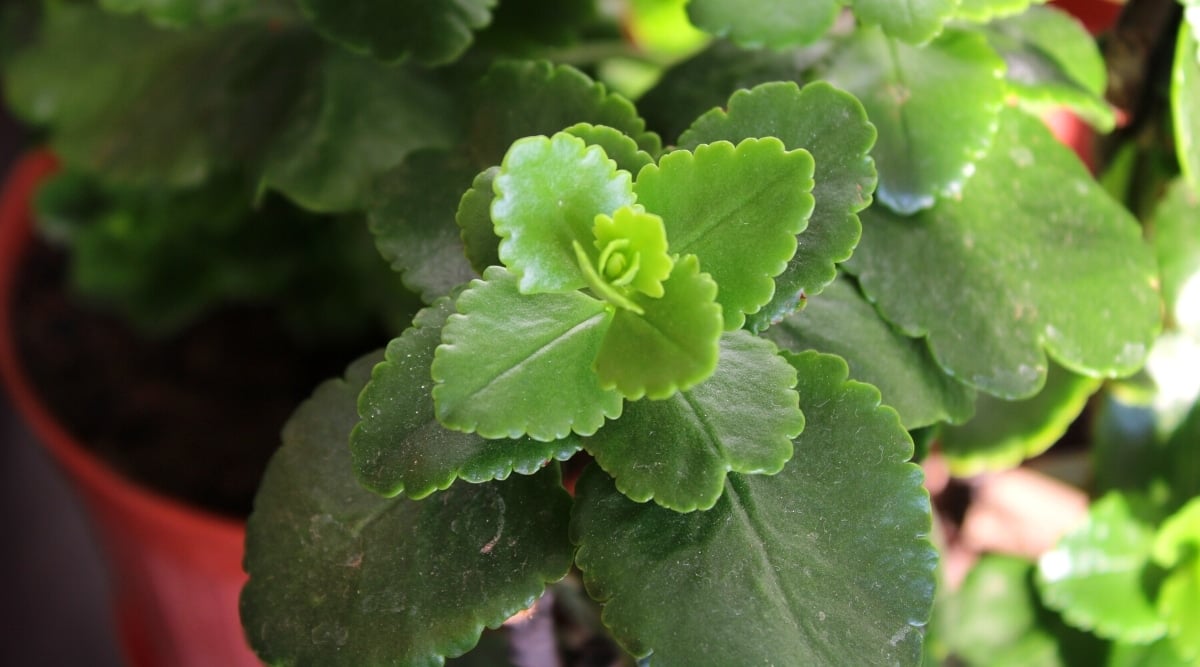  The leaves of the blossfeldiana are bright green, somewhat fleshy, and elegantly scalloped, adding a touch of delicacy to this robust plant. Both solid and variegated types of blossfeldiana exist. Most Kalanchoe varieties exhibit red leaf pigmentation when exposed to ample sunlight, though overexposure can cause fading and sun damage. Flowers  Known for its vibrant flowers, Blossfeldiana blooms with small, colorful flowers from late winter through late spring. Under favorable conditions, each stem produces a cluster of flowers atop glossy green leaves, creating a delightful floral display. Within the blossfeldiana cultivars, three petal configurations exist: single, double, and rose-shaped. The single-petal variety displays a star-like appearance, featuring four rounded to pointed petals. Double-petal blooms boast an additional set of inner petals, while the rose-form flowers showcase a complex, multi-petaled structure reminiscent of a fully bloomed rose. PropagationPropagation can be done through three methods; while seed propagation is an option, it is generally not the most efficient unless mass propagation is desired. From Cuttings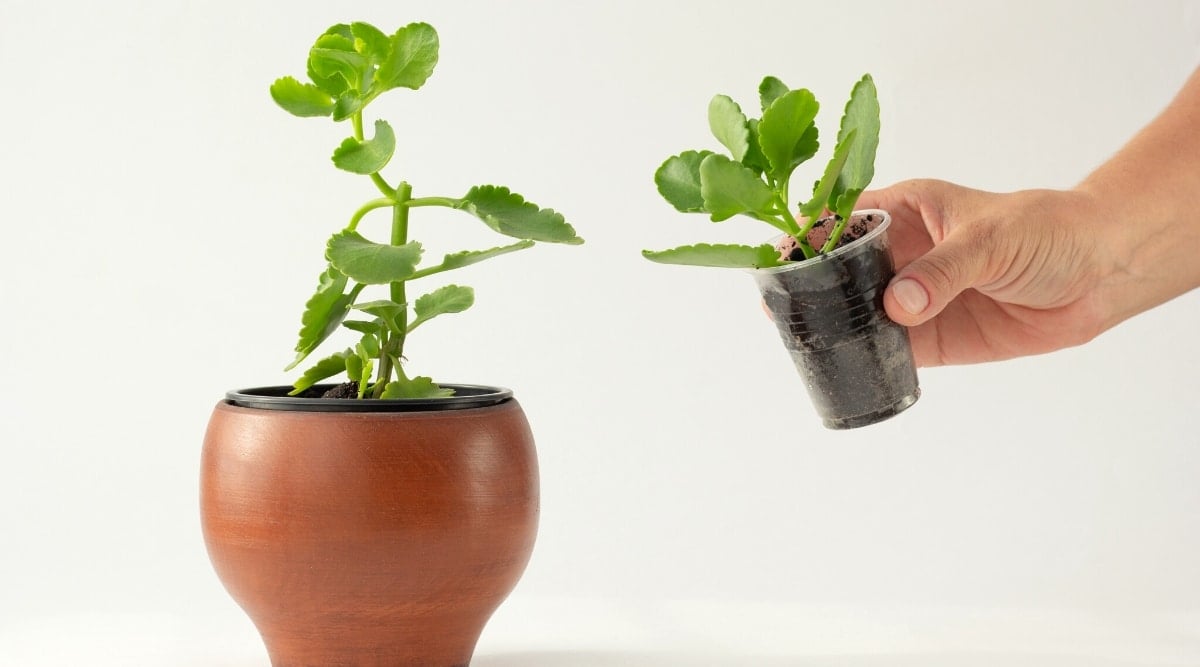  Stem cuttings are a simple and effective way to propagate Kalanchoe plants, often referred to as division, involving separating a portion of the parent plant to grow a new identical plant. Using a clean, sharp blade is crucial for a quick-healing, disease-resistant cut when dividing the plant. Cutting the stem at a diagonal angle maximizes the area for root growth. Exposing the cuttings to light and air until dry is recommended. While rooting hormone can accelerate root formation, relying on the plant’s natural rooting ability enhances its resilience during transplantation. Once dry, plant the cuttings vertically in small pots with moist cactus planting mix. This soil type supports good drainage while retaining some moisture for optimal growth. Propagating from CuttingsTo establish your Kalanchoe, ensure the soil remains moist until roots form securely, typically within 2-3 weeks. Provide bright, indirect light for optimal growth. From Offsets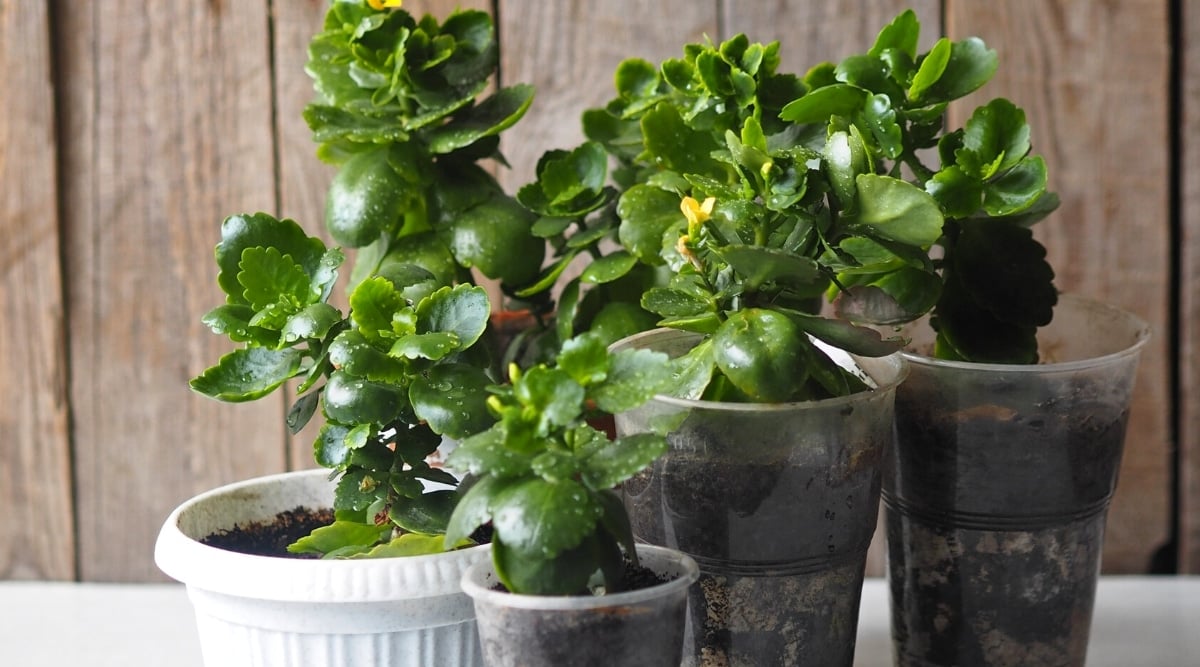 Certain Kalanchoe species produce offsets that can be separated and potted individually to grow into mature plants. Be cautious, as Kalanchoes can be invasive if not managed properly. Offset propagation offers a reliable method as Kalanchoes regularly produce offsets that can be used. From Seeds Although slower, propagating Kalanchoes from seeds can yield a plentiful crop. Start the process in summer for optimal growth conditions. Use a Ziplock bag to aid seed germination and ensure the pots receive adequate sunlight for successful sprouting. Growing TipsBlossfeldiana Kalanchoe is a hardy plant that thrives under various conditions. Follow these basic guidelines for optimal growth and blooming. Planting and Potting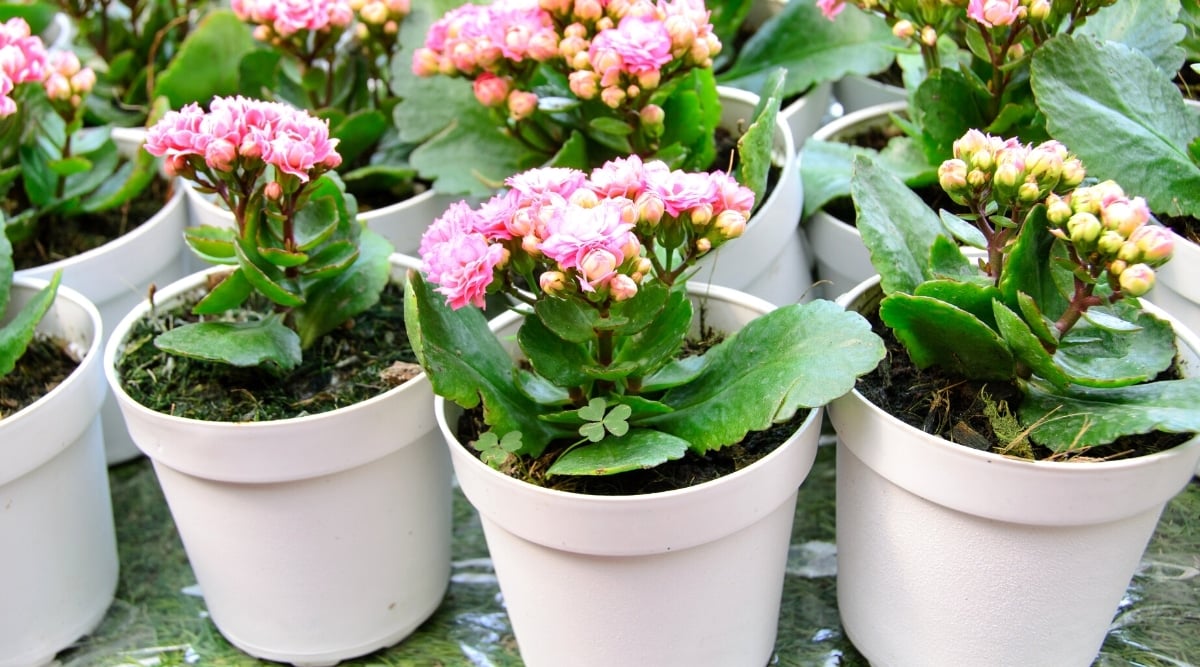 For Kalanchoes, planting depth is less critical than potting conditions. Opt for well-draining soil with ingredients like perlite or sand and pots with drainage holes. Ensure your pot is deep and wide enough to accommodate the root system, preventing waterlogged conditions that lead to root rot. Optimal Light  Exposing Kalanchoe to overly stressful conditions can occur with too much direct sunlight, leading to foliage bleaching and rapid dehydration. The ideal lighting for these plants is bright but indirect, ensuring a duration of 6-8 hours daily. While Kalanchoes can tolerate some direct sun, they truly flourish under filtered light conditions, especially those with variegated leaves. Changes in leaf coloration due to sunlight exposure should be gradual to prevent plant stress. It is advisable to water indoor Kalanchoe every 2-3 weeks tailored to their origin in hot, dry Madagascar conditions. Adjust watering frequency based on the season, with more frequent watering during hot summer months when the plant is outdoors. Climate and Temperature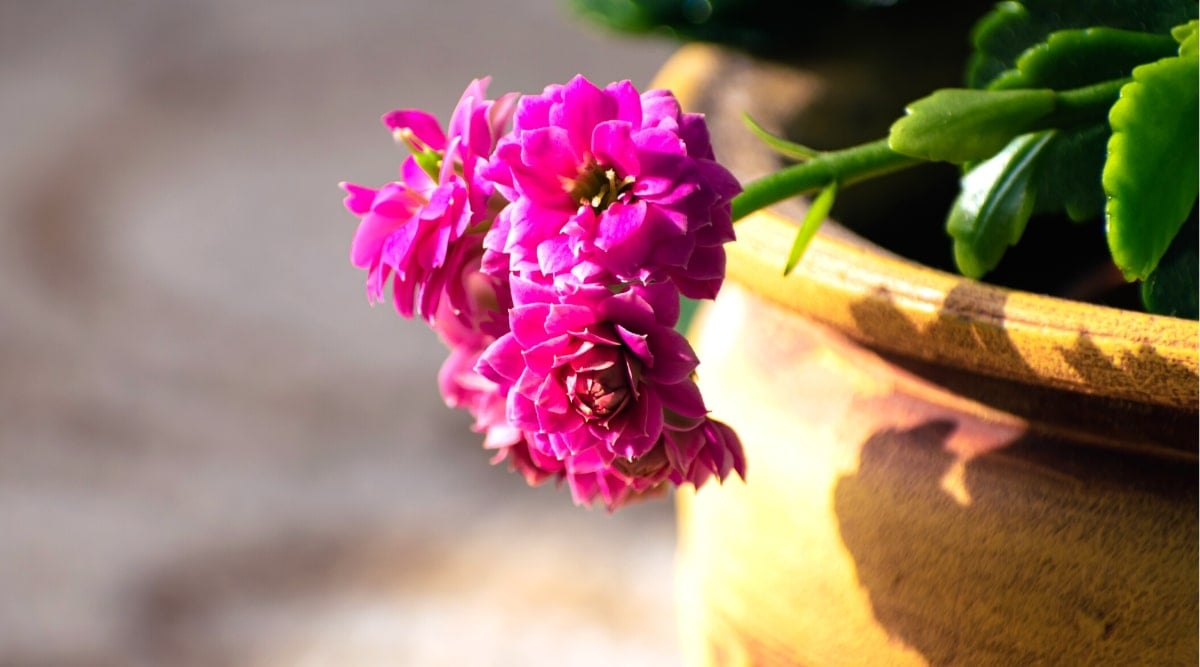  Kalanchoe Blossfeldiana thrives in zones 10-12 with temperatures above 40 degrees, displaying resilience even in colder conditions. To encourage flowering, ensure nighttime temperatures drop to 45° and daytime temperatures reach 60°, providing the necessary conditions for bud formation. These plants prefer lower humidity levels and require a period of darkness for optimal flowering. Transition from outdoor to indoor environments during temperature drops to maintain plant health and flower production. Fertilizing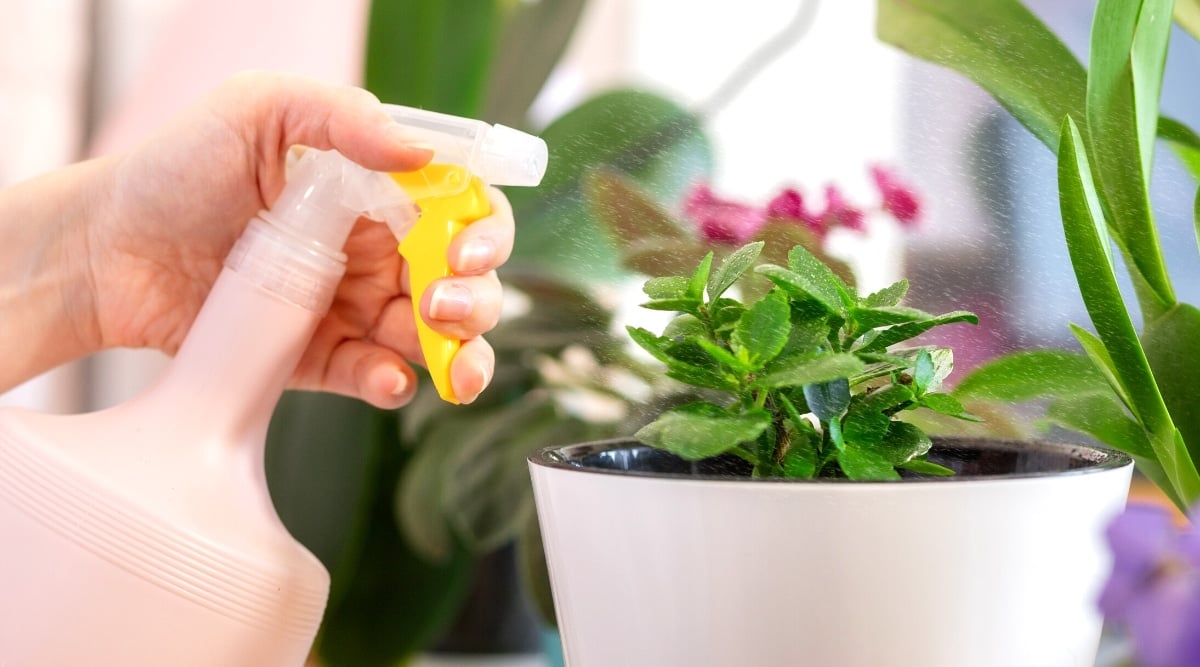  Kalanchoes efficiently utilize soil nutrients and require fertilization during the growth phase with a balanced universal fertilizer. Adjust feeding frequency according to plant growth and environmental conditions for optimal plant health. When it comes to fertilizing Kalanchoes, less is more. These low-maintenance plants can thrive even without any fertilization. However, if you do decide to fertilize, opt for a balanced, all-purpose fertilizer at half strength. Limit fertilizing to the growing season, no more than 2-3 times annually. As for pruning and maintenance, deadheading spent blooms on Kalanchoe Blossfeldiana can promote more vibrant clusters of flowers. Regular pruning is unnecessary, and the main focus should be on occasional watering. Repotting is only required if you desire the plant to propagate by keeping offsets intact. Dead flowers can be removed by gently pinching them off or using shears to trim them below the base. Trim any dead or unhealthy leaves to divert the plant’s resources to newer growth. Over time, Kalanchoes may become leggy, especially in low light conditions. To address this, trim the main stem above larger leaves to encourage bushier growth in a well-lit area. Remember that all varieties of Kalanchoe are toxic to humans and pets, so ensure they are out of reach of curious nibblers. Popular Kalanchoe varieties like ‘Calandiva Red’ offer a range of bloom colors to suit your preferences. Each variety shares similar care requirements, including bright indirect light exposure. Enhance your space with these beautiful and resilient plants, tailored to your gardening aspirations. Hardiness ZonesCalandiva cultivars, with their fully double to rose-form blossoms, sport deep green scalloped leaves that elegantly encircle clusters of lipstick red flowers resembling tiny garden roses. The evergreen leaves ensure this plant’s perennial beauty. ‘Queen Lindsay’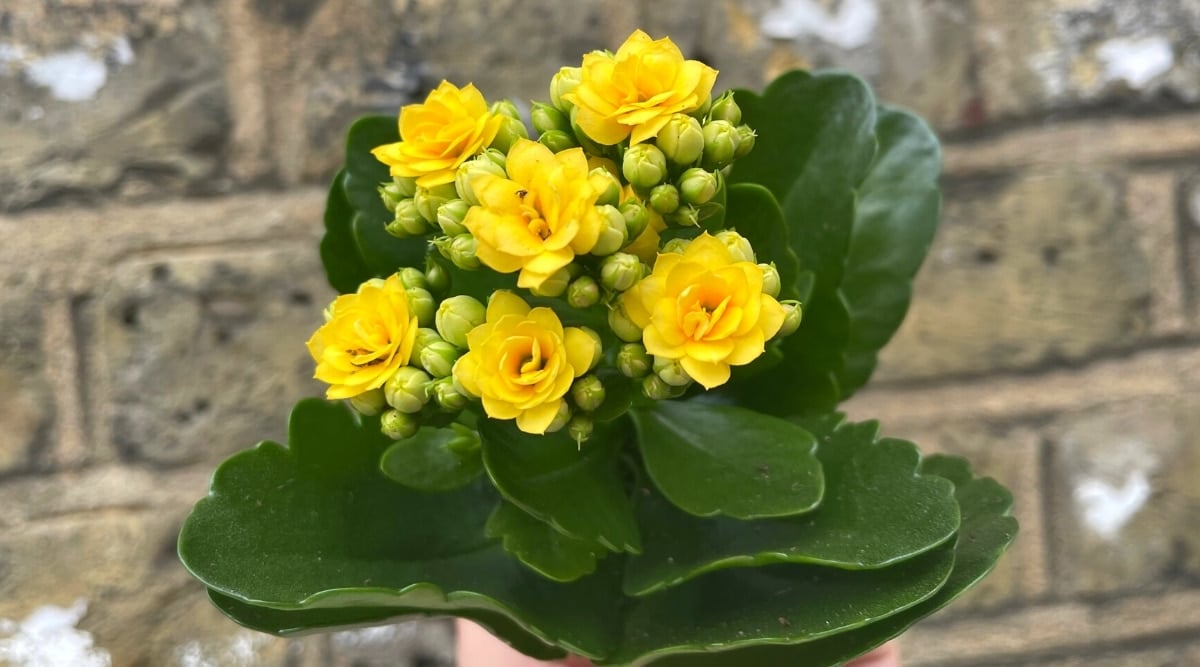 Botanical InformationThis distinct variety features fully double-petaled blooms in brilliant sunshine yellow emerging from lovely yellow-green buds. Its deep green glossy foliage creates a stunning backdrop for the vivid blooms, thriving in abundant sunlight. ‘Pink Queen’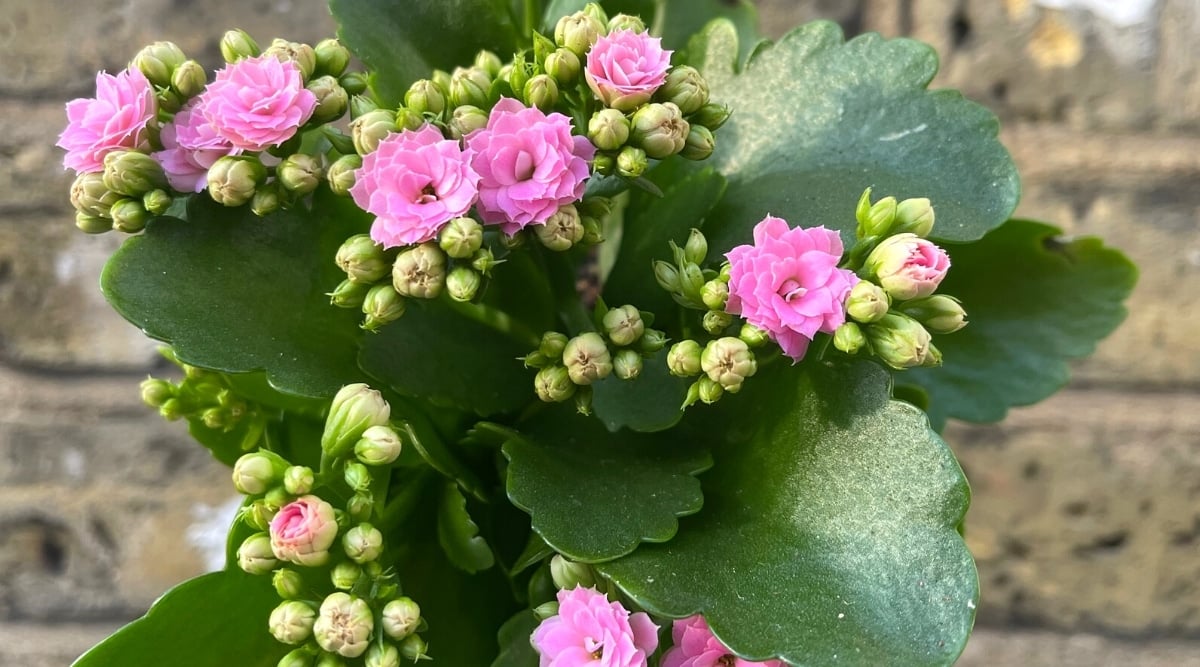
Discover the captivating ‘Pink Queen’, reminiscent of the ‘Calandiva Red’, but with striking bubblegum fuchsia flowers. Not one to crave the spotlight, this Queen flourishes in abundant bright light and rewards you with a plethora of blooms come late winter. Introducing ‘Queen Jodie’ 
This striking variant features radiant pink double blooms accentuated by yellow stamens at the center and a clean white eye. Its lush foliage displays a vivid green hue. Jodie exudes a lively tropical essence, able to thrive under direct sun exposure for extended durations. The blossoms bear an uncanny resemblance to delicate pink roses as they unfurl. Meet ‘Flaming Katy’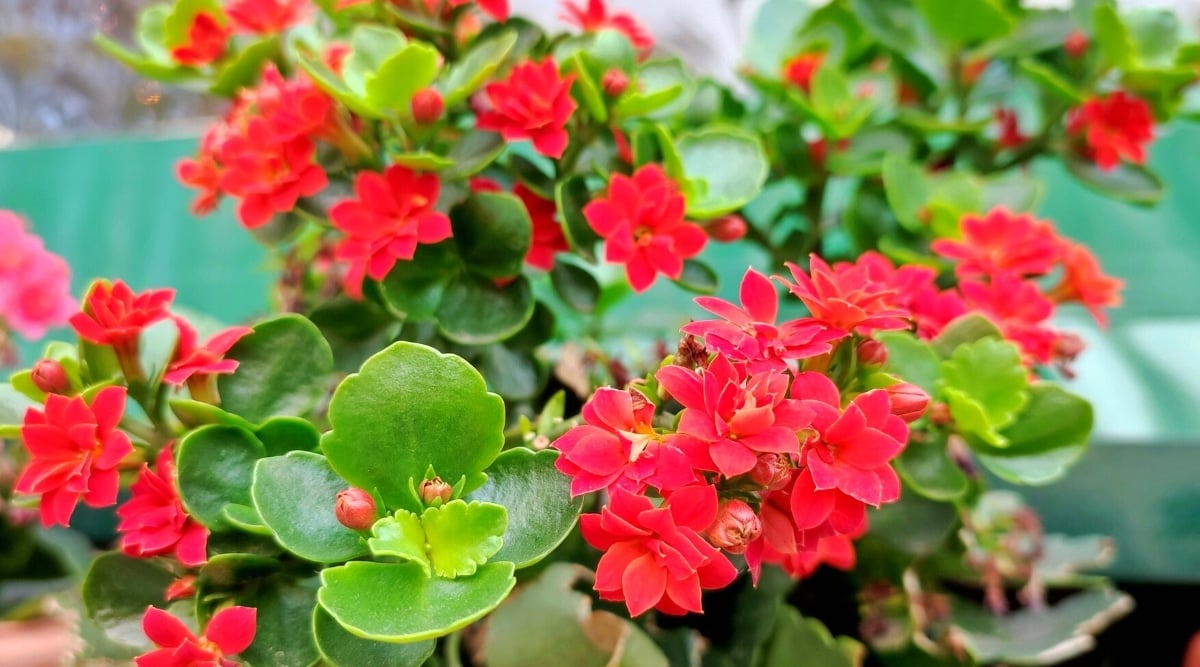
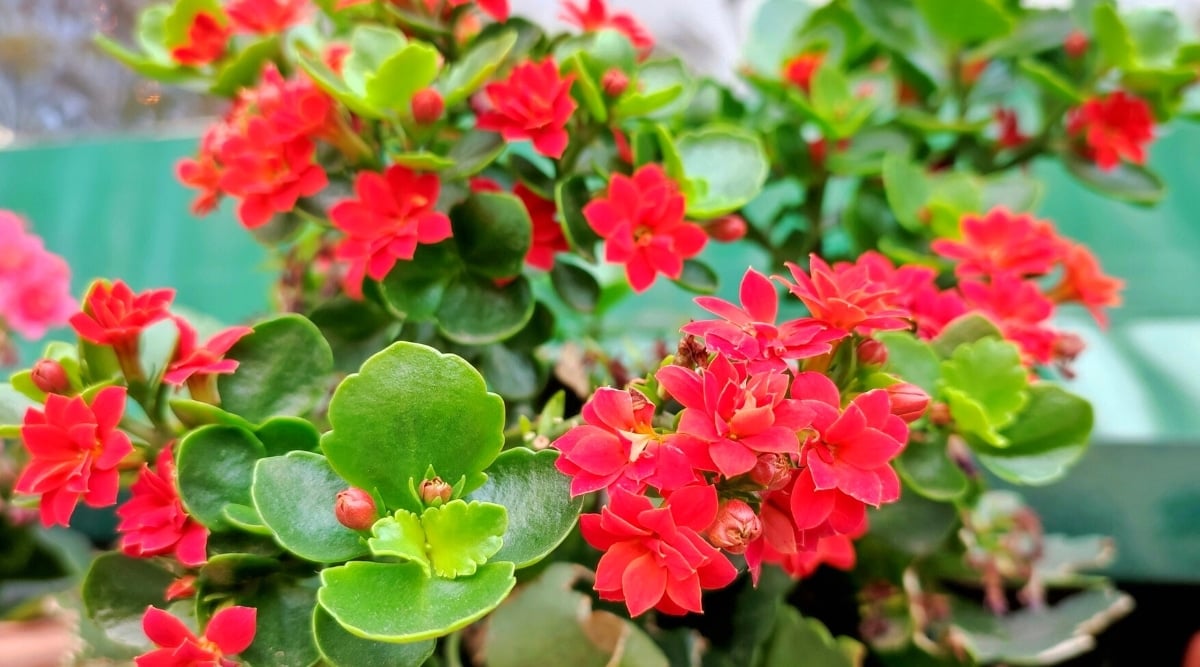
‘Flaming Katy’ stands out with its exquisite clusters of red flowers, each boasting four well-formed petals. This variety is highly prolific in its blooms, thriving even in moderate light conditions. Pests and DiseasesKalanchoes may encounter pests and diseases, although they are not particularly susceptible. Vigilance and early intervention are crucial for effective control. Most issues stem from contaminated plant introductions. Good plant care practices, such as regular inspection and tool sanitization, play a pivotal role in prevention. Scales Scales are minute insects that extract sap from plants, primarily targeting tender new growth. Although they spread rapidly, they can be effectively eliminated with insecticidal oils like neem oil. Regularly inspect your plants for clustered scales, particularly beneath struggling leaves. Patience is key as multiple treatments may be necessary to eradicate all generations. Mealybugs Mealybugs, identified by their fuzzy appearance, feed on plant sap, particularly favoring succulents due to their high sap content. Infestations can cause wilting and leaf distortions in Kalanchoe plants. Web development byCompany Name. Incurring a moldy mess on the leaves of your plant can be a consequence of neglect. The task of eliminating mealybugs is quite challenging due to the small size and adept hiding skills of their juveniles. A simple remedy for a minor infestation involves cleansing with a powerful stream of water. For a severe infestation, resorting to horticultural oils is necessary. Alternatively, using an alcohol-soaked cotton swab proves to be effective in removing the bugs from leaves, but excessive or frequent application can harm the plant. Aphids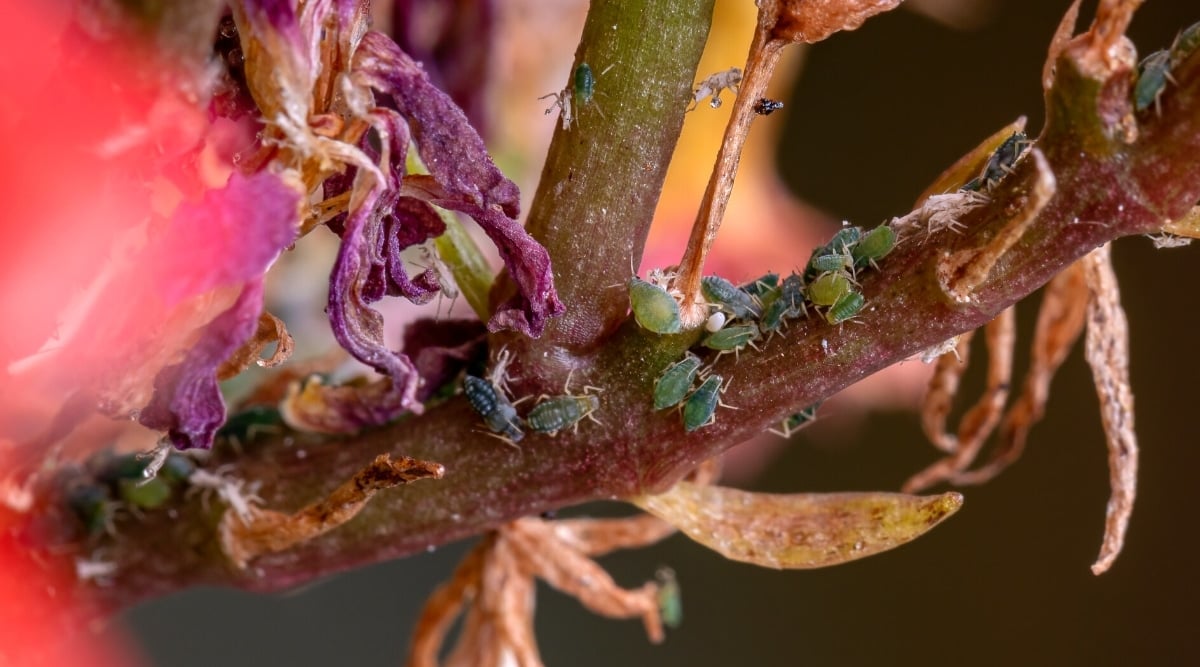  Aphids pose a significant threat as they propagate rapidly, causing harm to neighboring plants and leaving behind a sticky residue that fosters mold growth. Deploying insecticides is crucial in dealing with aphids, along with isolating the affected plants until the infestation is eliminated. Fungal Rot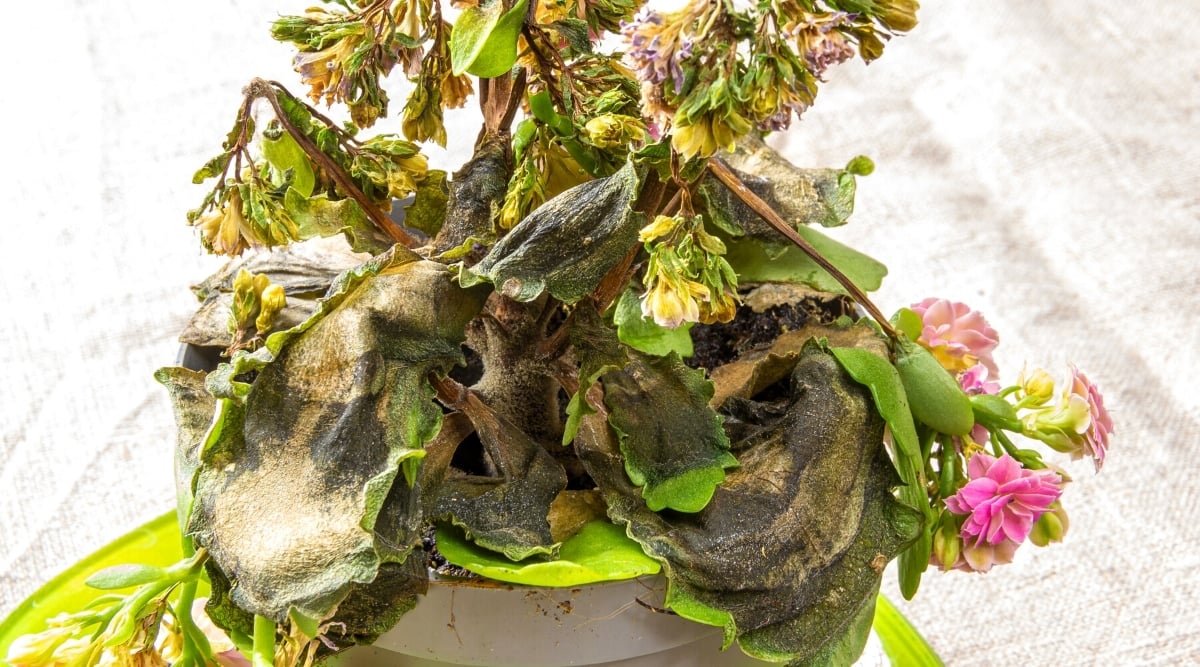  Various forms of fungal rot, such as root, leaf, and crown rot, can afflict a kalanchoe, often stemming from overwatering or excessive humidity. Prevention involves maintaining a drier environment and avoiding overwatering. If faced with fungal rot, the optimal strategy involves repotting using fresh soil and trimming affected foliage. Exercise caution by utilizing clean tools and sterilizing them between uses to prevent disease spread. Sunscald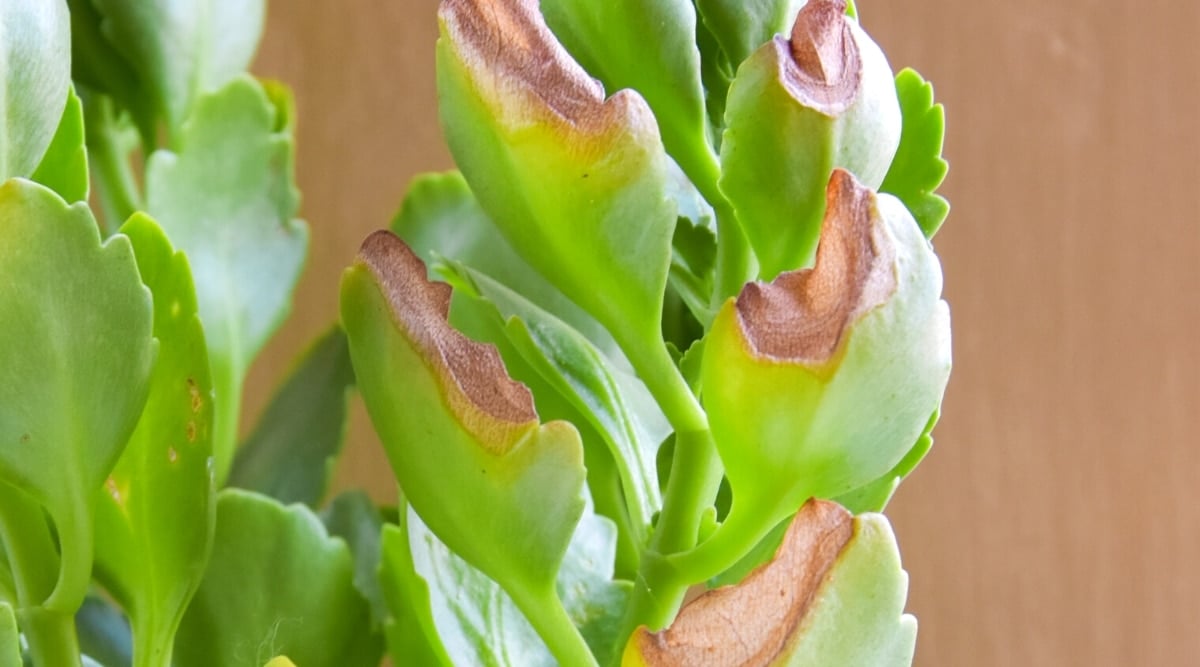  Sunscald is a direct result of prolonged exposure to sunlight, leading to leaf burn and subsequent decay, affecting the plant’s health adversely. Although sunscald itself isn’t overly hazardous, it renders the leaves fragile and prone to fungal infections. Affected leaves must be removed, and the plant’s light exposure should be carefully adjusted moving forward. Powdery Mildew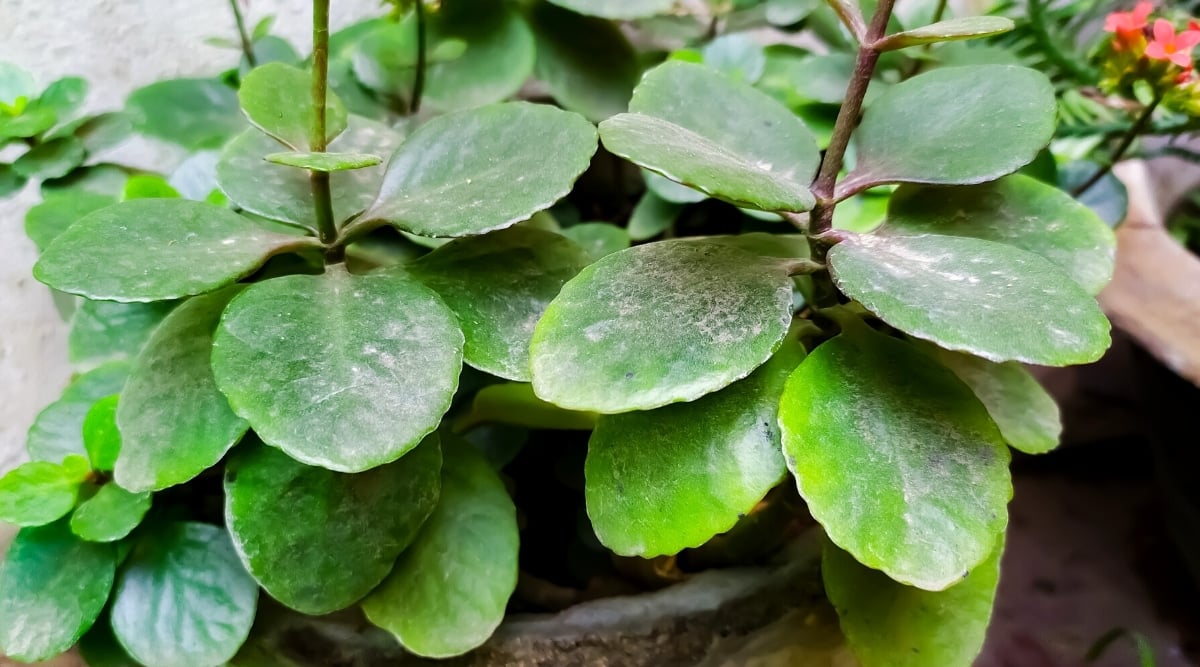  Powdery mildew, a fungal disease, arises from the sticky residue left by sap-sucking insects, obstructing the plant’s photosynthesis and gradually deteriorating its health. To combat powdery mildew resulting from insect infestations, meticulous manual removal of the residue from the leaves is essential, exercising care to protect the plant during the process. Final ThoughtsKalanchoe blossfeldiana is a lovely, low-maintenance plant offering bountiful floral rewards. These charming succulents maintain year-round attractiveness with their evergreen foliage and boast captivating winter blooms. This favored succulent serves as an exquisite indoor accent and thrives equally well indoors and outdoors. Ensure adequate protection from freezing temperatures while enjoying their versatility, low upkeep requirements, and suitability for any indoor plant assortment. Latest posts by JAMES (see all) |


